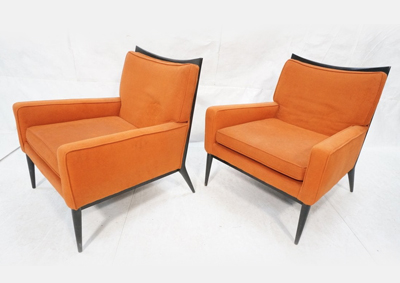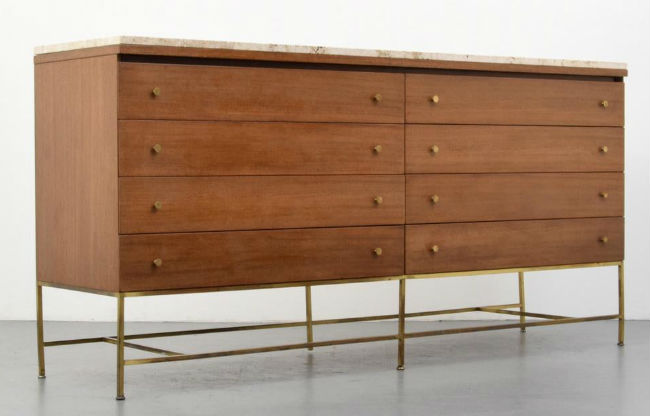
NEW YORK – Paul McCobb (1917-1969) was one of the preeminent contemporary furniture designers of the 1950s and 1960s. Born in Massachusetts, he aspired early on to be an artist, and studied drawing and painting at the Vesper George School of Art in Boston. But he developed a keen fascination for furniture and its design and, in 1945, he moved to New York and established his own firm, Paul McCobb Design Associates. He also became a design and decorating consultant for Martin Feinman’s Modernage Furniture, also in New York City. By 1950 his reputation was established.
“Most of Paul McCobb’s designs focused on simplicity,” said Wade Terwilliger of Palm Beach Modern Auctions in West Palm Beach, Florida. “They were streamlined rather than ornate, with sculptural forms that were well crafted using durable materials. They were practical, too, and affordable, and worked well with the types of homes and home aesthetics of the ’50s and ’60s. Simply put, they looked good in the rooms of the time.”
Terwilliger added, “We have seen a steady increase in interest and prices for Paul McCobb furniture during the last five years. The streamlined sensibilities of McCobb’s designs are easy on the eyes and easy to place, and that carries over through the decades.”
Tim Aikens of Uniques & Antiques in Aston, Pennsylvania, said Paul McCobb epitomized American mid-century design in the postwar era. “I believe it stood out for its straight lines and combination of materials,” Aikens said. “The furniture was well-constructed and combined the use of materials such as brass, travertine and quality woods. It was well suited for the times when suburban communities were being developed. The living room furniture was perfect for the gathering of neighbors for lively conversation and drinks. The furnishing were well thought out and designed, but still accessible to the burgeoning middle class.”
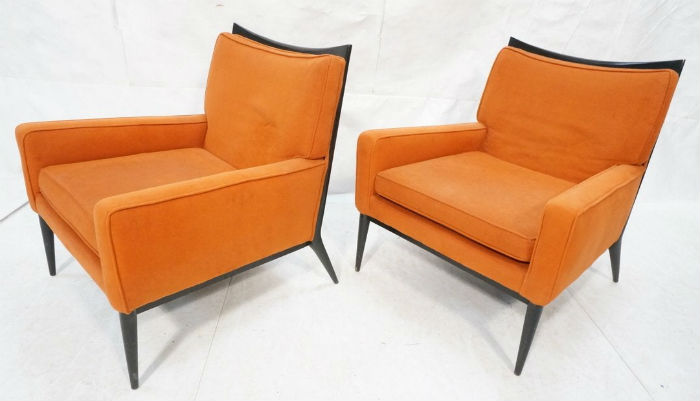
Aikens said the current demand for Paul McCobb designed furniture is “very strong for his better designs.” He pointed out, “The most popular items are those that incorporated his square brass tubbing. The pieces with Vitrolite or travertine tops are highly sought after. And Paul McCobb lounge chairs with nicely grained wood and shapely forms are always in demand. I believe the market will stay strong for the better designs and lounge chairs, while the more mundane pieces have leveled off but have stayed steady.”
John Nye of Nye & Company Auctioneers in Bloomfield, New Jersey, said McCobb’s initial desire to be an artist, “combined with his ability to distill a form to its essence,” are what made him a standout among 20th century designers. “Louis Sullivan expressed his approach to architecture as ‘form follows function,’ Nye observed. “Were I to paraphrase the great architect, I would say Paul McCobb used ‘function to create fresh form.’” He added, “Demand for McCobb’s austere design will remain strong as people continue to eschew the traditional collecting categories.”
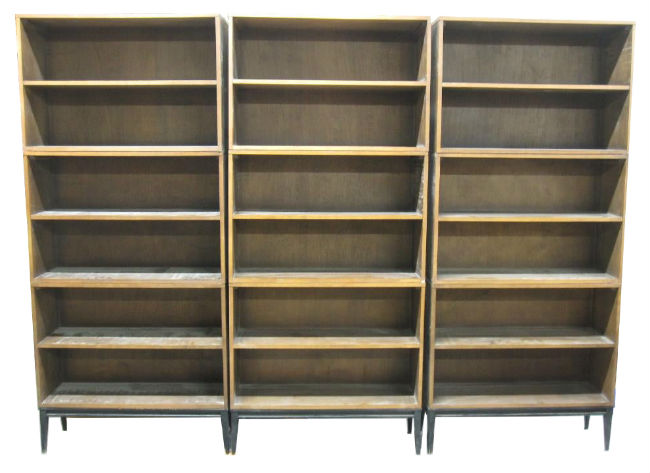
McCobb captivated a mass audience with a design aesthetic born of simplicity of form and a lack of ornamentation. His deft ability to combine slender lines with sculptural forms was inspired by his New England upbringing and influenced by Shaker design. But despite his mass appeal (or maybe because of it), McCobb actually fell in reputation among the elites of the day, who had difficulty squaring his spare designs with his soaring popularity. Nonetheless, his designs were produced in large numbers then and are enjoying a resurgence in popularity today.
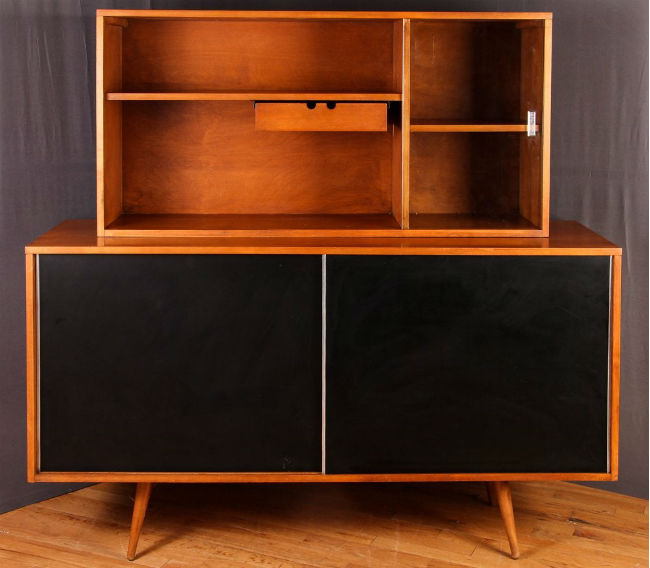
It’s been said of McCobb that he wasn’t so much a revolutionary, but an amalgamation of internationalism, Scandinavian design and parts from the past in creating his furniture. But he was once quoted as saying, “Contemporary American design is not the Chinese influence, the Swedish or the Italian influence. It is an American influence that has an American look about it and has the feeling of belonging in our homes. Such design fits the size and shape of our rooms. It is a period of its own and should not be confused with any other periods.”
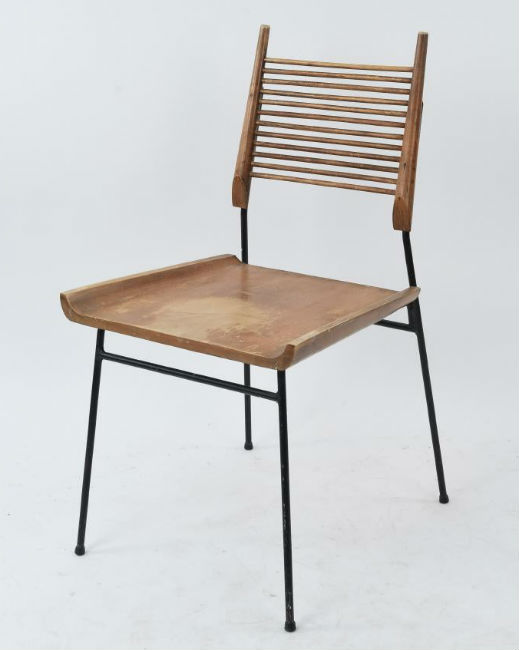
Today, the furniture and interior designs of Paul McCobb rank right up there with Russell Wright, Gustav Stickley and Heywood-Wakefield as the giants of their time. In addition to his popular Planner line (which was manufactured by Winchendon Furniture Co.), McCobb’s other well-known furniture lines included Predictor (by O’Hearn Furniture), the Calvin Group (by Calvin Furniture), Directional (also by Calvin Furniture, and a more sophisticated version of the Planner line), The Irwin Group (also by Calvin Furniture) and the Connoisseur Collection (by H. Sacks and Sons).


